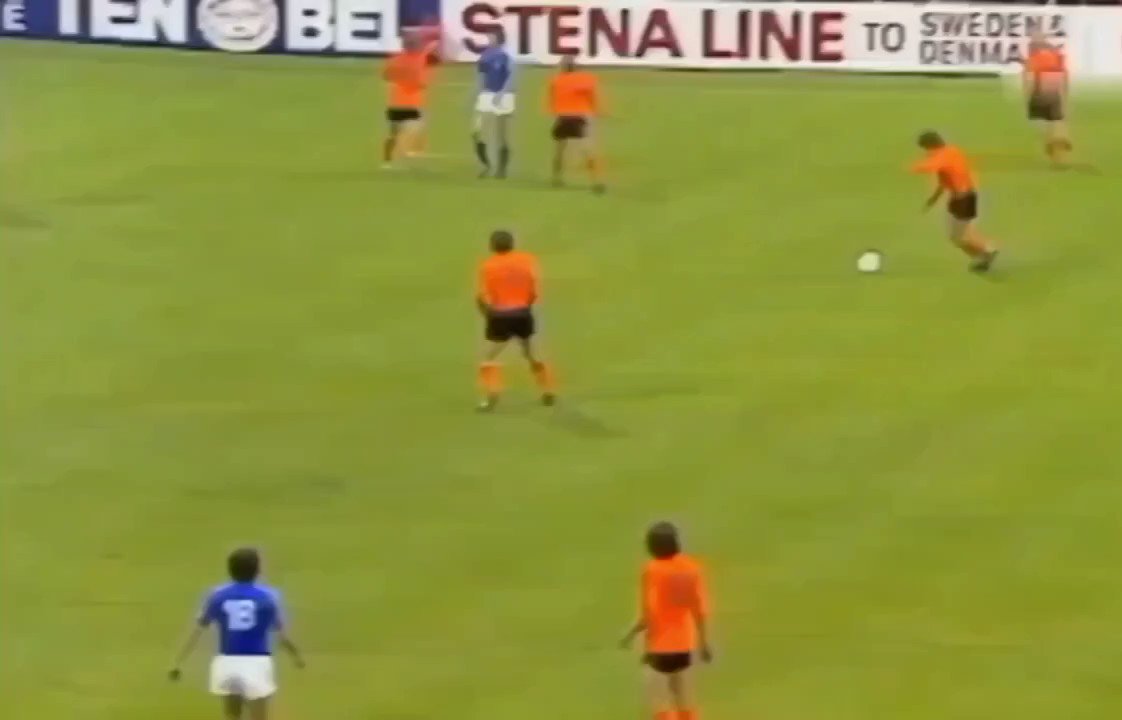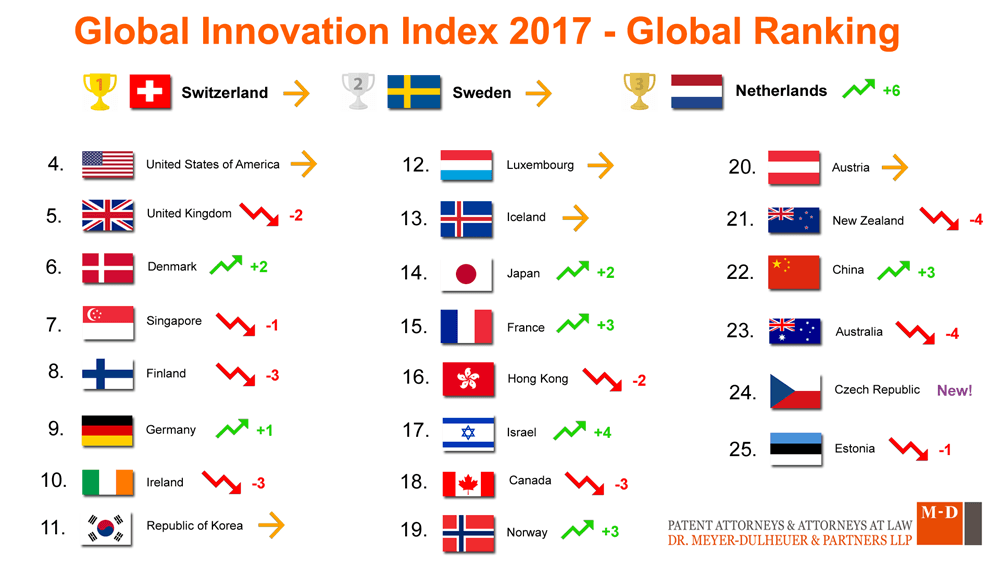“How Football Changed in the Netherlands: A Journey of Innovation, Identity, and Global Influence
Related Articles How Football Changed in the Netherlands: A Journey of Innovation, Identity, and Global Influence
How Football Changed in the Netherlands: A Journey of Innovation, Identity, and Global Influence

Dutch football, or voetbal as it’s known in the Netherlands, is more than just a sport; it’s a cultural phenomenon deeply intertwined with the nation’s identity. Over the decades, the game has undergone a remarkable transformation, evolving from amateur beginnings to a global force known for its tactical innovation, youth development, and distinctive style of play. This article explores the key changes that have shaped Dutch football, examining the historical periods, influential figures, and lasting impact on the world stage.
The Early Years: Amateurism and Regional Rivalries (Late 19th Century – Early 20th Century)
Football arrived in the Netherlands in the late 19th century, largely through the influence of British expatriates and students who had encountered the game abroad. The first football clubs were established in the 1880s, primarily in major cities like Amsterdam, Rotterdam, and The Hague. These early clubs were often associated with schools or social organizations, reflecting the amateur nature of the sport at the time.
The early years of Dutch football were characterized by regional rivalries and a lack of national organization. Clubs competed in local leagues, and there was no unified national championship until 1898. The Royal Dutch Football Association (KNVB) was founded in 1889, playing a crucial role in standardizing the rules of the game and organizing national competitions.
Despite the amateur status of the sport, Dutch football quickly gained popularity, attracting a growing number of players and spectators. The early style of play was heavily influenced by the British game, emphasizing physical strength, directness, and long-ball tactics. However, as Dutch football developed, it began to incorporate its own unique elements.
The Interwar Period: Professionalization and Tactical Experimentation (1920s – 1930s)
The interwar period saw significant changes in Dutch football, including the gradual introduction of professionalization. While many clubs remained committed to amateurism, some began to offer financial incentives to attract talented players. This led to a growing divide between amateur and professional clubs, with the latter often dominating the national competitions.
Tactically, Dutch football began to move away from the traditional British style of play. Influenced by developments in Central Europe, Dutch coaches started to experiment with more sophisticated formations and passing patterns. The WM formation, which emphasized a more balanced approach between attack and defense, gained popularity.
During this period, Dutch football also began to make its mark on the international stage. The Netherlands participated in the Olympic Games, winning bronze medals in 1908 and 1920. However, the national team struggled to compete with the top European sides in the World Cup, failing to qualify for the tournament until 1934.
Post-War Reconstruction: The Rise of Total Football (1940s – 1970s)
The Second World War had a devastating impact on the Netherlands, disrupting football activities and causing widespread economic hardship. However, after the war, Dutch football experienced a period of rapid growth and development. The introduction of professional football in 1954 marked a turning point, allowing clubs to invest in better facilities, coaching, and player recruitment.
The 1960s and 1970s witnessed the emergence of Total Football, a revolutionary tactical system that would transform the game worldwide. Pioneered by Ajax Amsterdam under the guidance of coach Rinus Michels, Total Football emphasized fluidity, positional interchange, and pressing. Players were expected to be versatile and capable of playing in multiple positions, allowing for a dynamic and unpredictable style of play.
Johan Cruyff, the iconic Dutch player, became the embodiment of Total Football. His exceptional technical skills, tactical intelligence, and leadership qualities made him the central figure in Ajax’s success. Under Cruyff’s leadership, Ajax won three consecutive European Cups (1971-1973), establishing themselves as the dominant force in European football.
The Dutch national team also embraced Total Football, reaching the World Cup final in 1974 and 1978. Although they ultimately lost both finals, the Dutch team captivated the world with their innovative and attractive style of play. The 1974 World Cup final against West Germany is considered a classic, with the Dutch dominating the early stages of the game before eventually succumbing to the host nation’s resilience.
The Era of Professionalism: Globalisation and Commercialisation (1980s – 2000s)

The 1980s and 1990s saw the further professionalization and globalization of Dutch football. The Bosman ruling in 1995, which allowed players to move freely between clubs at the end of their contracts, had a profound impact on the Dutch league, as it became easier for foreign players to join Dutch clubs and for Dutch players to move abroad.
Dutch clubs continued to be successful in European competitions, with PSV Eindhoven winning the European Cup in 1988 and Ajax winning the Champions League in 1995. However, the increasing financial power of clubs in other European leagues made it more difficult for Dutch clubs to compete at the highest level.
The Dutch national team continued to be a force in international football, winning the European Championship in 1988 and reaching the semi-finals of the World Cup in 1998. However, the team also experienced periods of underachievement, failing to qualify for the World Cup in 2002.
Modern Football: Youth Development and Tactical Adaptation (2000s – Present)
In recent years, Dutch football has focused on youth development and tactical adaptation. The Dutch youth academies are renowned for producing talented players, and many Dutch players have gone on to have successful careers in top European leagues.
Tactically, Dutch football has evolved to incorporate elements of other styles of play, such as the pressing game of German football and the possession-based approach of Spanish football. Dutch coaches have also been influential in shaping the tactical landscape of the game, with figures like Louis van Gaal and Guus Hiddink managing top clubs and national teams around the world.
The Dutch national team reached the World Cup final in 2010, losing to Spain in extra time. However, the team has struggled to maintain that level of success in recent years, failing to qualify for the 2018 World Cup.
Conclusion
Dutch football has undergone a remarkable transformation over the decades, evolving from amateur beginnings to a global force known for its tactical innovation, youth development, and distinctive style of play. The rise of Total Football in the 1970s marked a turning point, establishing the Netherlands as a leading football nation. While Dutch football has faced challenges in recent years, its commitment to youth development and tactical adaptation suggests that it will continue to be a major player in the global game. The legacy of figures like Johan Cruyff and Rinus Michels continues to inspire future generations of Dutch players and coaches, ensuring that the spirit of innovation and creativity remains at the heart of Dutch football.

